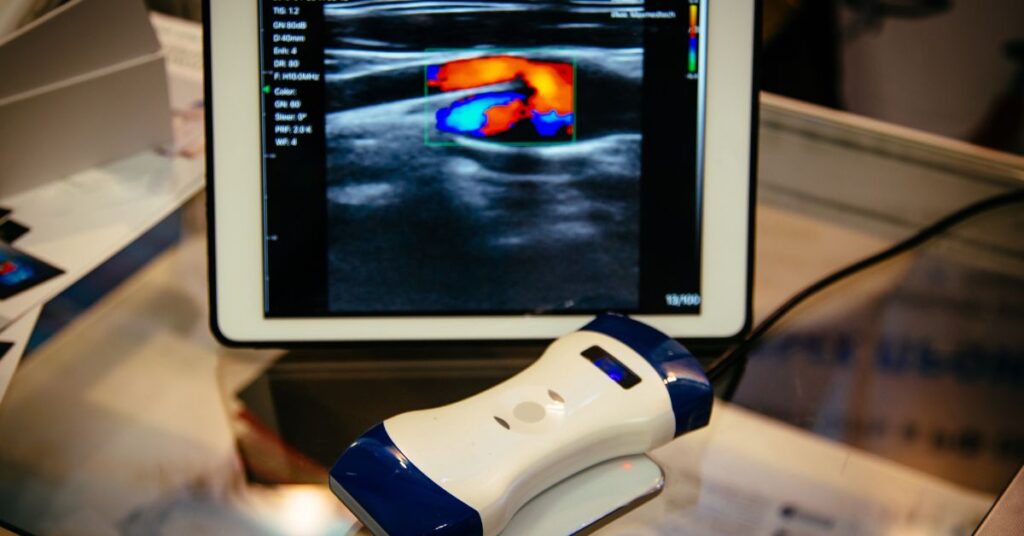Introduction
Breast cancer is one of the most common cancers affecting women worldwide, making regular breast screenings an essential component of women’s healthcare. Mammography, a specialized medical imaging technique, plays a pivotal role in the early detection of breast cancer, significantly increasing the chances of successful treatment. This comprehensive guide explores everything you need to know about mammograms, from understanding what they are, how they work, to finding a mammogram clinic near you and understanding associated costs.

Understanding Mammography
What is a Mammogram?
A mammogram is an X-ray picture of the breast used to detect early signs of breast cancer, often before physical symptoms develop. By finding breast cancer early, mammography can help reduce the risk of a woman dying from the disease by 25-30% or more.
Types of Mammography
There are generally two types of mammography examinations:
- Screening Mammogram: Done for women who have no symptoms of breast cancer. It usually involves two X-ray images of each breast.
- Diagnostic Mammogram: Used when a woman has symptoms of breast cancer or a screening mammogram detects an irregularity. This may include additional images of the breast that are not captured during a screening mammogram.
The Importance of Breast Screening
Early Detection of Breast Cancer
Early detection through methods like mammography can lead to more effective management and treatment of breast cancer, potentially saving lives. It is especially recommended for women aged 40 and above, or earlier for those with a high risk of breast cancer.
Breast Ultrasound and MRI
While mammograms are effective, additional tests such as breast ultrasounds or MRI (magnetic resonance imaging) might be recommended for more comprehensive results. Ultrasounds are particularly useful for younger women with denser breasts, while MRIs can provide further details when mammograms and ultrasounds do not give conclusive results.
Where to Get a Mammogram
Finding a Mammogram Near Me
To find a mammogram clinic nearby, you can search online for “mammogram clinic near me” or visit local hospital websites to see if they offer mammography services. Clinics like Parklane Radiology provide a range of women’s imaging services, including mammograms, in a setting designed for patient comfort and privacy.
Mammogram Price and Cost Considerations
The cost of a mammogram can vary depending on the location, the type of mammogram, and whether you have health insurance. It’s important to check with your insurance provider and the clinic to understand what costs you might face. Many countries offer breast screening programs that might subsidize or cover the cost of a mammogram, especially for screening purposes.
Preparing for a Mammogram
What to Expect During a Mammogram
When you go for a mammogram, you’ll be asked to undress from the waist up and stand in front of an X-ray machine. A technician will position your breasts for the X-ray. Each breast is compressed between two firm surfaces to spread out the breast tissue. While compression can be uncomfortable, it’s necessary for obtaining clear images.
Tips for Scheduling Your Mammogram
- Best Timing: Try to schedule the mammogram one week after your period, when breasts are less likely to be tender.
- Previous Mammograms: Bring your previous mammogram images and reports with you, as they provide a comparison for new images.
- Avoid Certain Products: On the day of the exam, avoid using deodorants, perfumes, or powders under your arms or on your breasts, as these can appear as white spots on the X-ray.
After the Mammogram: Understanding Your Results
Reading Mammogram Results
After your mammogram, a radiologist will analyze the images and send a report to your doctor. The report will detail any findings, such as cysts, calcifications, or masses. If anything unusual is found, further testing may be recommended.
Follow-Up and Treatment
If a potential issue is detected, don’t panic. Not all findings are cancerous. Your doctor may recommend additional imaging tests or a biopsy to determine if cancer is present.
Conclusion
Regular mammograms are a key component of women’s health, offering a powerful means of detecting breast cancer early when it is most treatable. By understanding how to prepare for and what to expect from mammography, women can take proactive steps towards managing their health in consultation with their healthcare providers. Remember, when it comes to breast cancer, knowledge, and early detection can make all the difference.